The results of our civic monitoring: an overview from 2013 to 2019
In 2019, 114 brand new civic monitoring reports have been added to the pile of Monithon’s reports, each evaluating the progress and effectiveness of one project funded by the public money in Italy. Considering the total amount of funding that has been monitored, this year marks a new record with more than 3 billion € of public funding, most of which are European money for regional development.
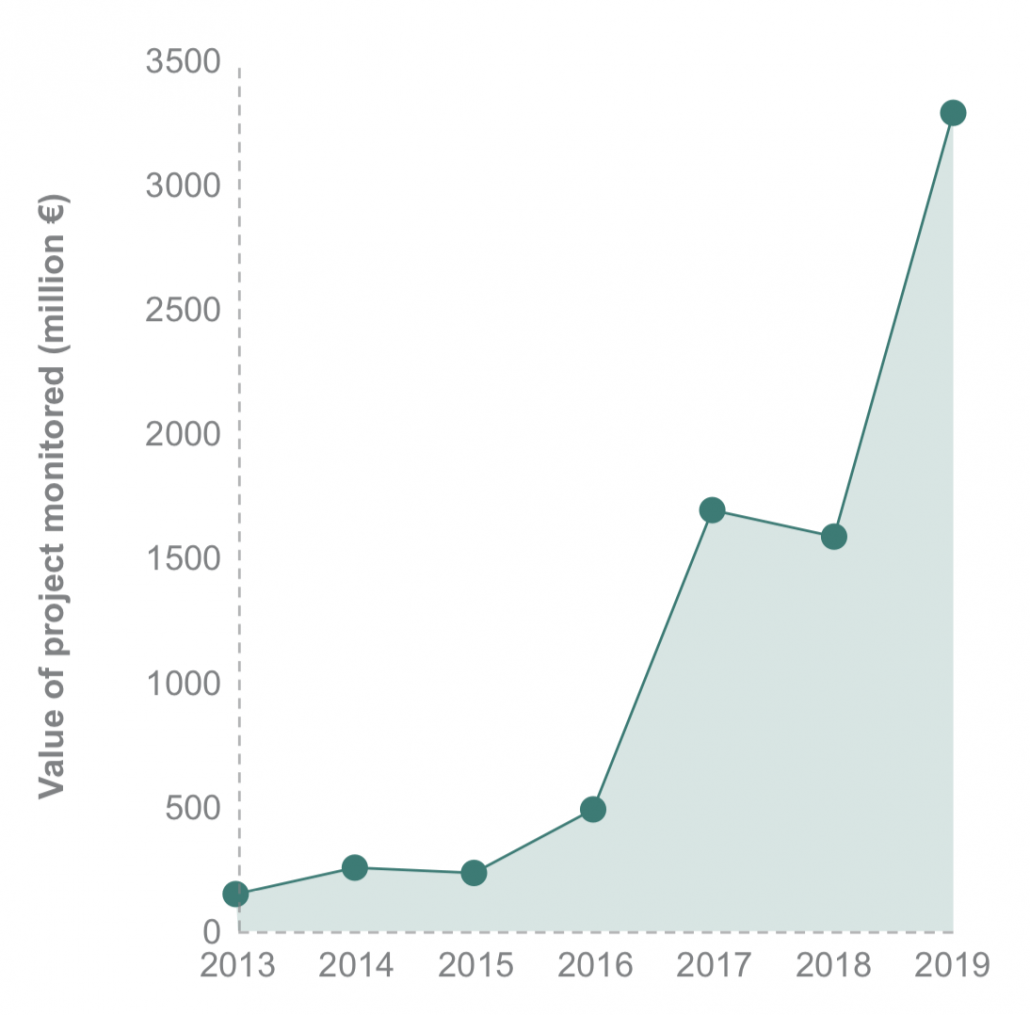
This year, all reports but one have been created by high school students participating in the “At the School of OpenCohesion” (ASOC) initiative, an European educational best practice promoted by the Italian Government to stimulate public engagement thanks to the use of open government data published in the OpenCohesion portal. Since the beginning in 2013, the ASOC project has been using the tools and methods from Monithon during their civic monitoring activities.
The remaining report was developed in June by a group of students from the University of Turin, as the final step of a course that was co-created by the University and the Europe Direct Center in Turin. This annual course is devoted specifically to European policies and civic monitoring.
In this post, we are proud to present an update of some of the main aggregated results of the Monithon’s civic monitoring from 2013 to 2019, with the aim to disseminate this practice to interested policy makers, government employees, journalists and citizens. Therefore, the results include also reports by the students of the previous editions of ASOC, and those created by NGOs and informal groups in the past few years.
Click here to download the complete infographics with the aggregated data from 2013 to 2019
What is monitored
Considering all civic monitoring reports from 2013, the total amount of public funding monitored increased from 4.53 in 2018 to 7.35 billion euros in 2019. Most of these projects (about 70%) are large transportation infrastructures such as train or metro stations, and railways. This is a pretty impressive figure, considering that the total value of the projects tracked in the OpenCohesion website is 140 billion euros. This means that about 5% of the total amount of public funding for Cohesion Policy from 2007 to 2019 has been somehow covered by a civic monitoring report.
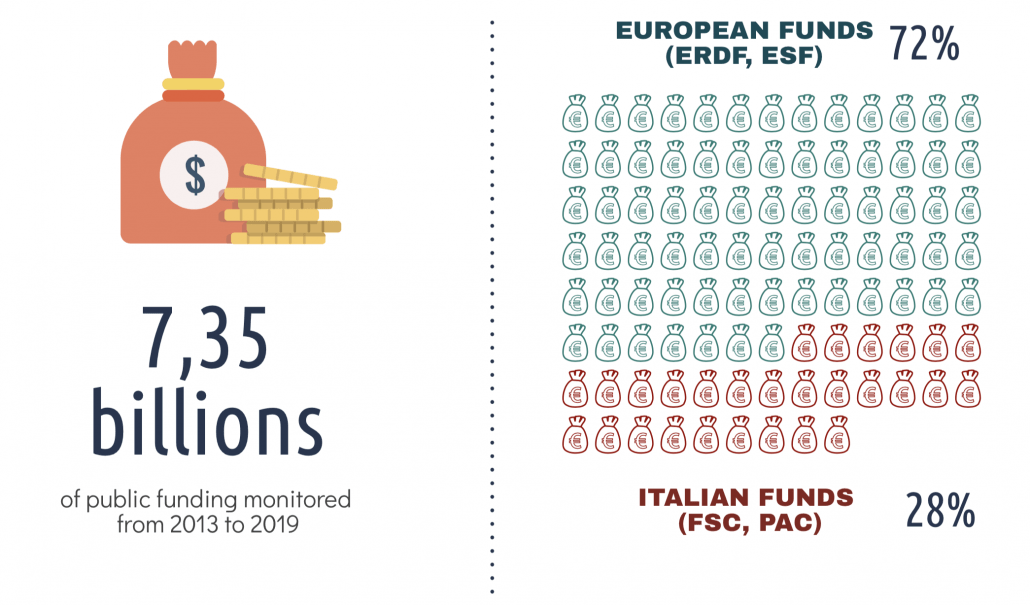
We can also note that the European funds are considered particularly interesting for the civic monitoring groups, given that the 72% of the funding monitored cames from the European Union.
Civic monitoring results at a glance
Overall, most of the projects that have been assessed (63%) get a positive evaluation. In particular, 41% are found to be completed and useful, while 22% are still in progress and not showing major problems.
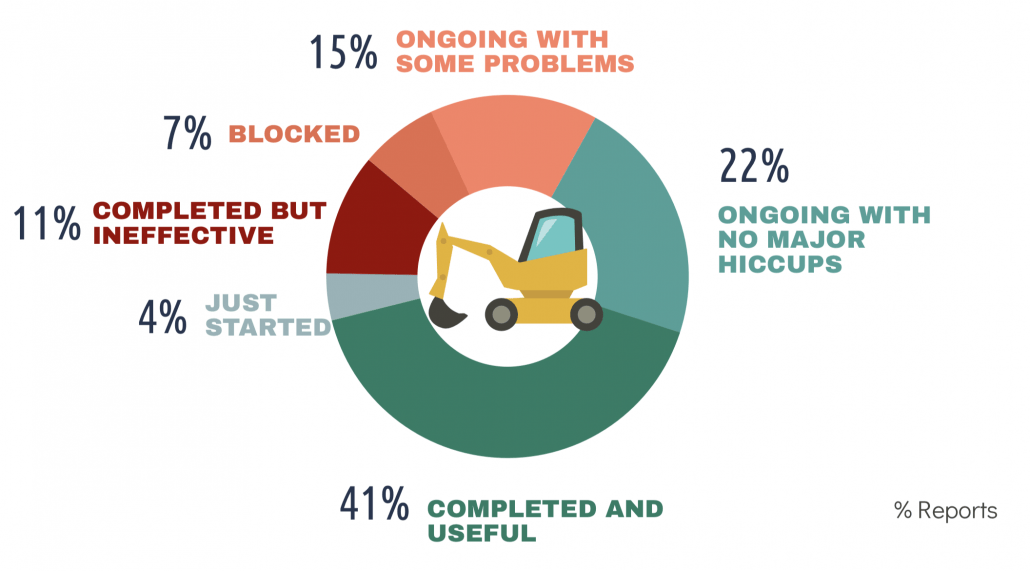
One third of the projects, however, presents some relevant issues. 18.1% of the projects show delays or other problems during the implementation phase. Other projects have difficulties in starting-up, due to administrative or financial reasons (10.7%). More interestingly for the policy makers, the monitoring groups have dedicated special energies to assess the results and effectiveness of the projects, from the point of view of the final beneficiaries.
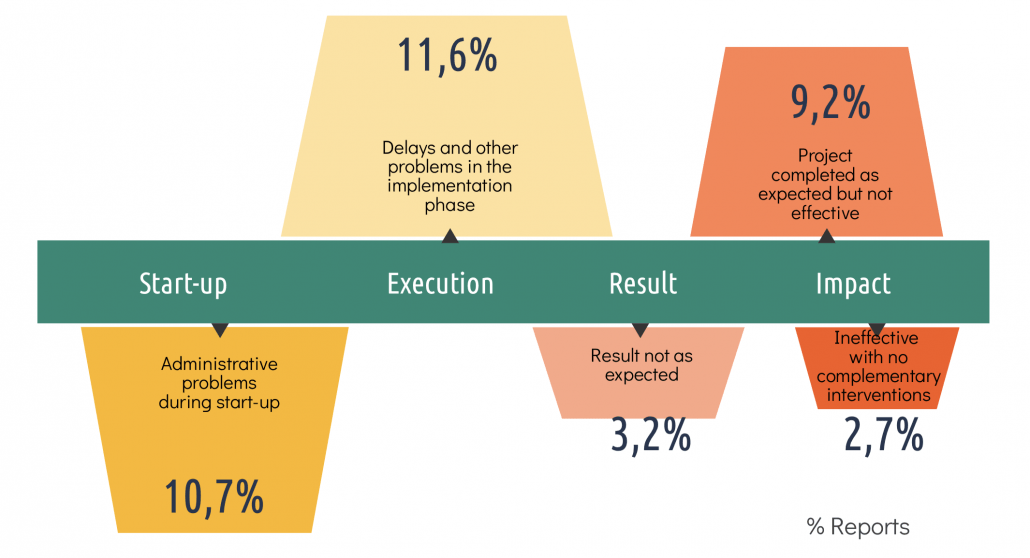
While the expected results are not achieved only in the 3.2% of the projects, 9.2% are considered completed but also show some problems regarding the effectiveness. The effectiveness of an investment is evaluated in the broader context where the intervention takes place. For example, 2.7% of the projects fullfill their promises in terms of the implementation goals that were defined on paper, but they are also found to be useless without the provision of complementary interventions.
The ideas from the Monithoners
Each civic monitoring report end with a section about ideas and suggestions from the monitoring groups. One third of the reports contains suggestions on how to improve the specific intervention, coming from the analysis of the implementation and from the evidence collected during the visit. Other comments and suggestions can be classified into three main types. The first type of suggestion is to further develop these projects in order to obtain greater impact. In some cases, this means funding contexual interventions to get the most out the initial investment. The second type is about improving the governance of the funding, for example when ministries and local administrations “don’t talk to each other”, or when the voice of the final beneficiaries is not heard by policy makers. Finally, in some cases the projects were so appreciated by the monitoring groups that the main suggestion is to disseminate the results even further by improving the communication to potential targets.
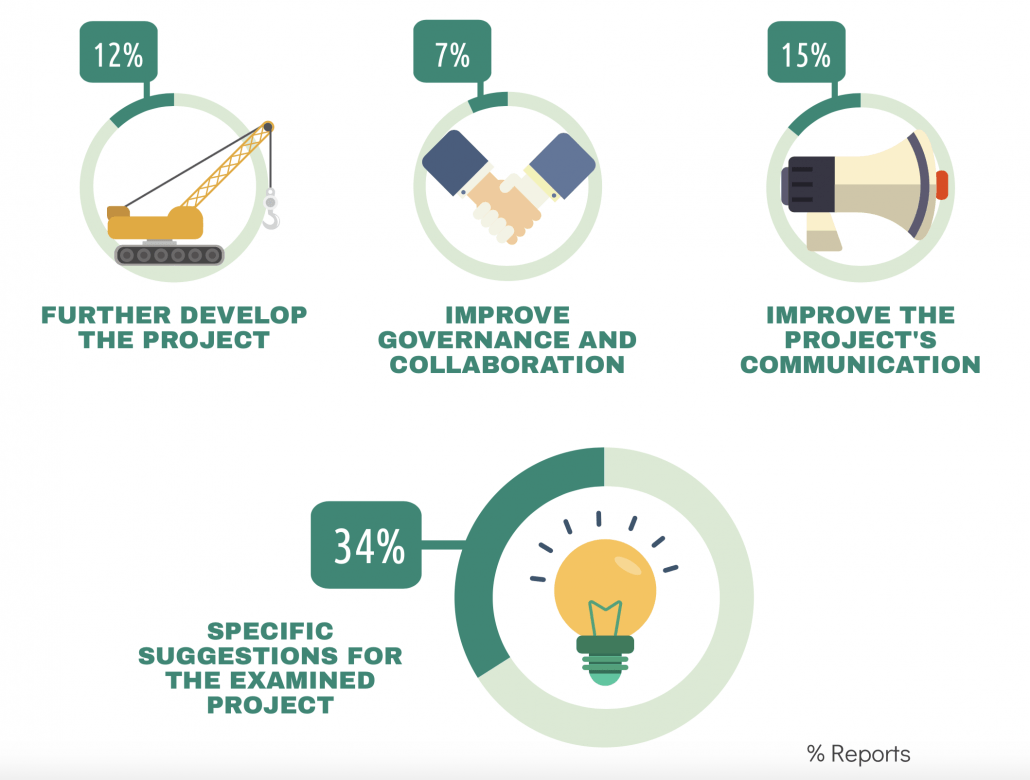
Towards a new year of civic monitoring
We at Monithon are very excited about next year of civic monitoring. For the first time, the “At School of OpenCohesion” initiative will be replicated in 7 other European Countries and Regions during the 2019/2020 school year: Bulgaria, Croatia, Alentejo (Portugal), Catalonia (Spain), Peloponnese, Thessaly and Ionia Nisia (Greece). This is thanks to the efforts and funding from the European Commission, which has been supporting civic monitoring from the very beginning. The nice coincidence is that the first edition of ASOC included exactly 7 schools.
We love this experiment and will be happy to share our knowledge, methods and tools to interested teams in the EU. It will interesting to see how the ASOC method will be adapted to different contexts, while maintaining its focus on Cohesion Policy, which comes with common rules and regulations for all EU countries.

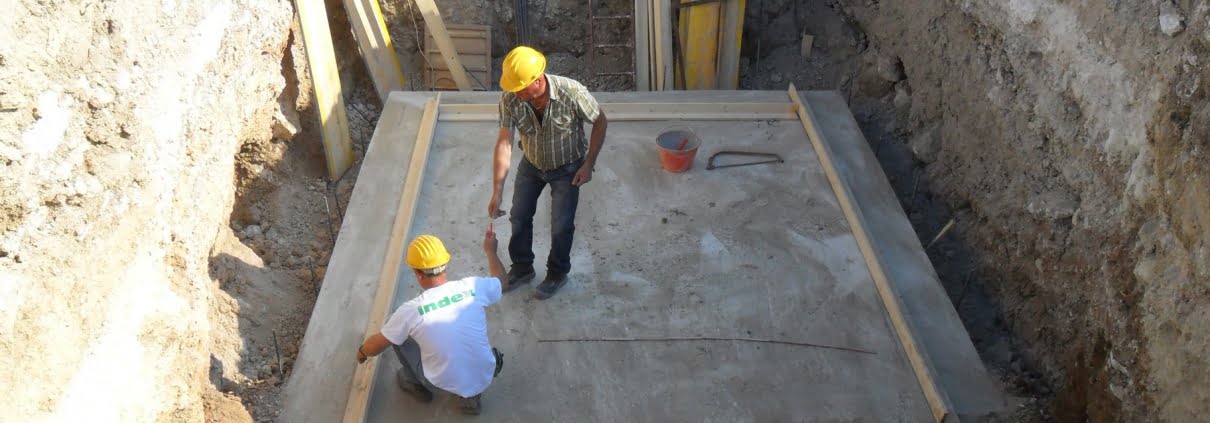
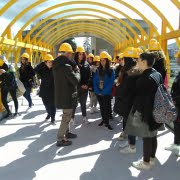
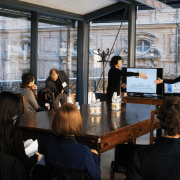

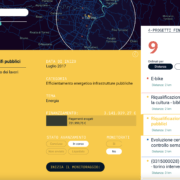




Leave a Reply
Want to join the discussion?Feel free to contribute!